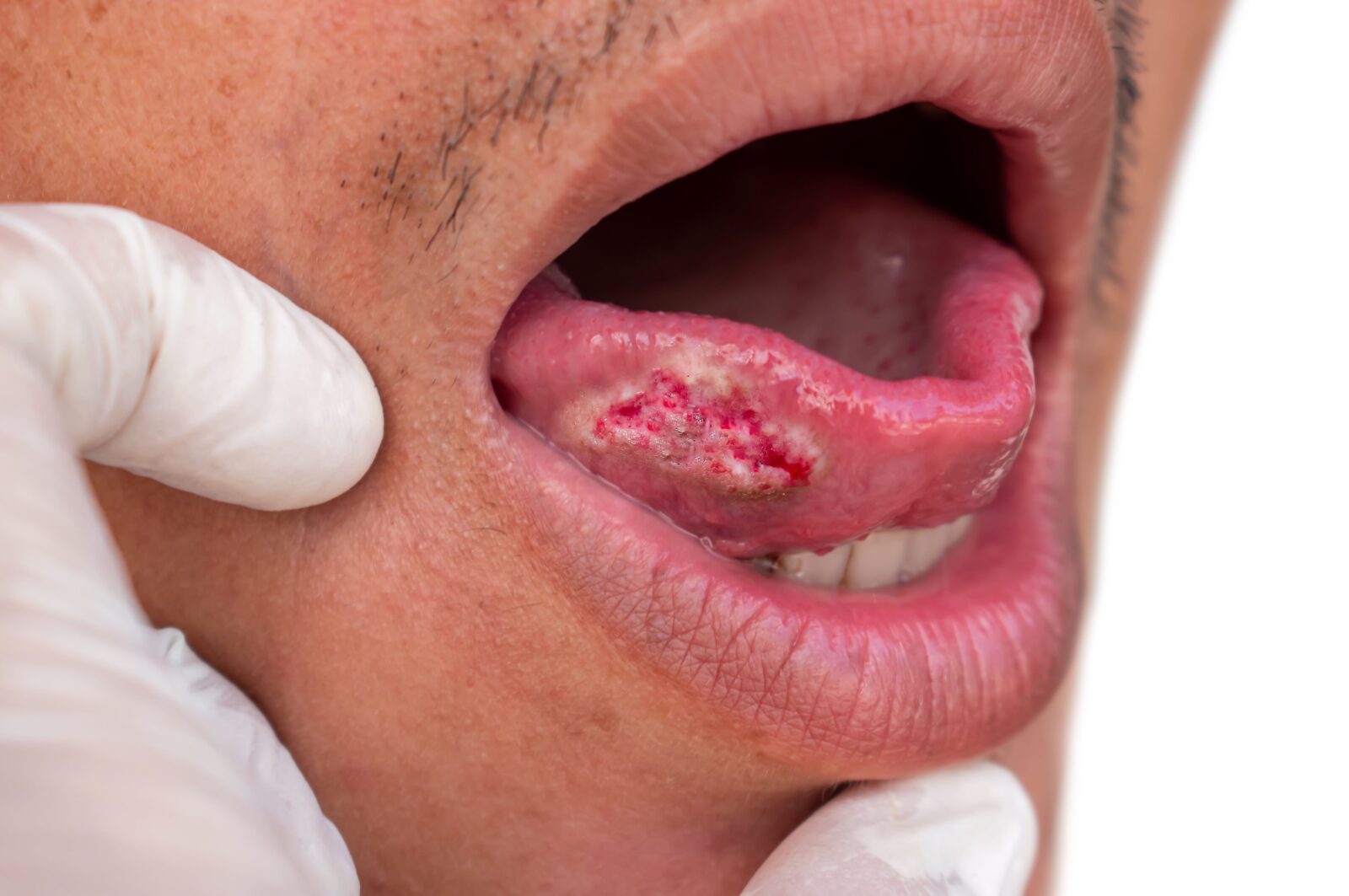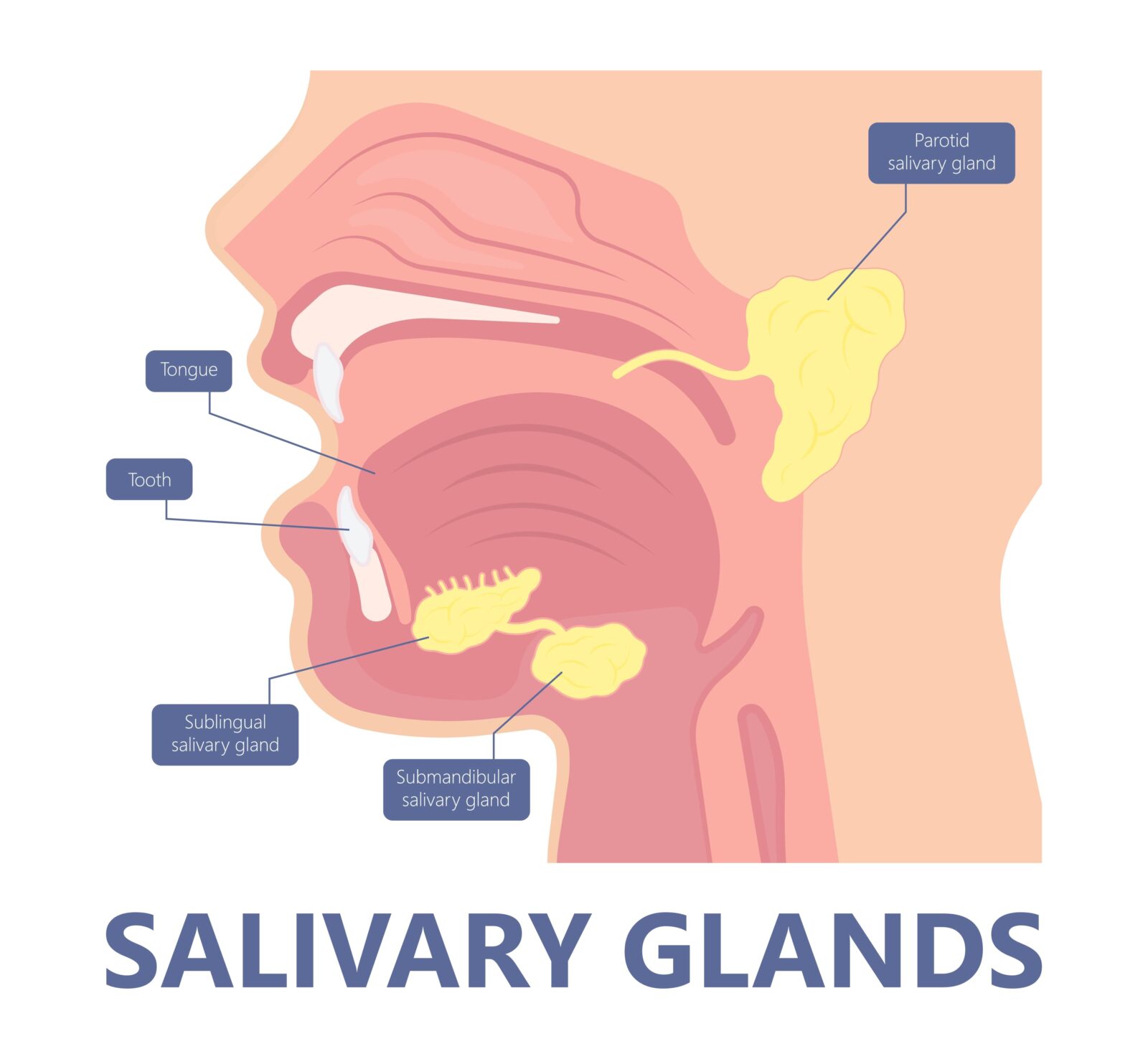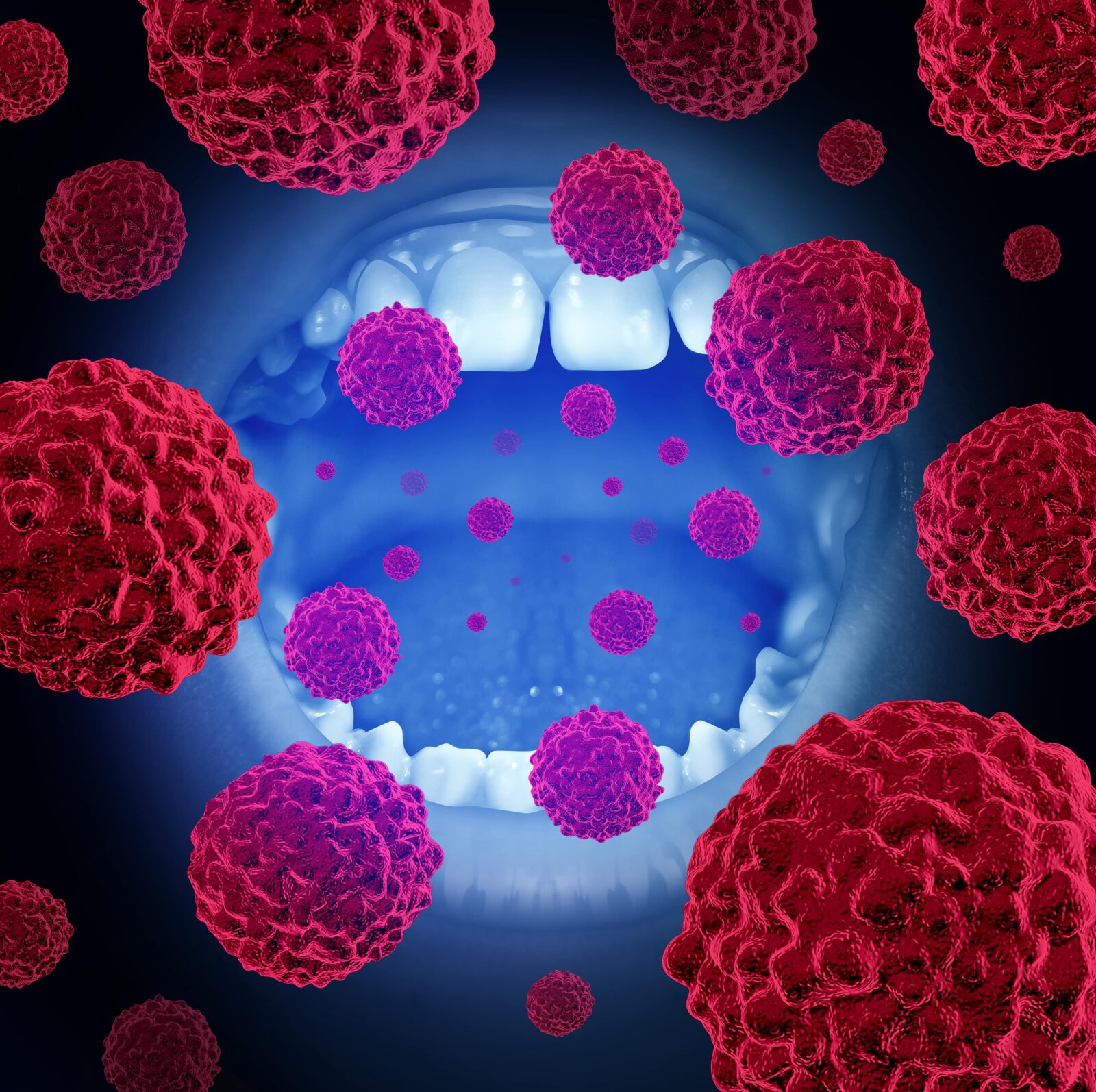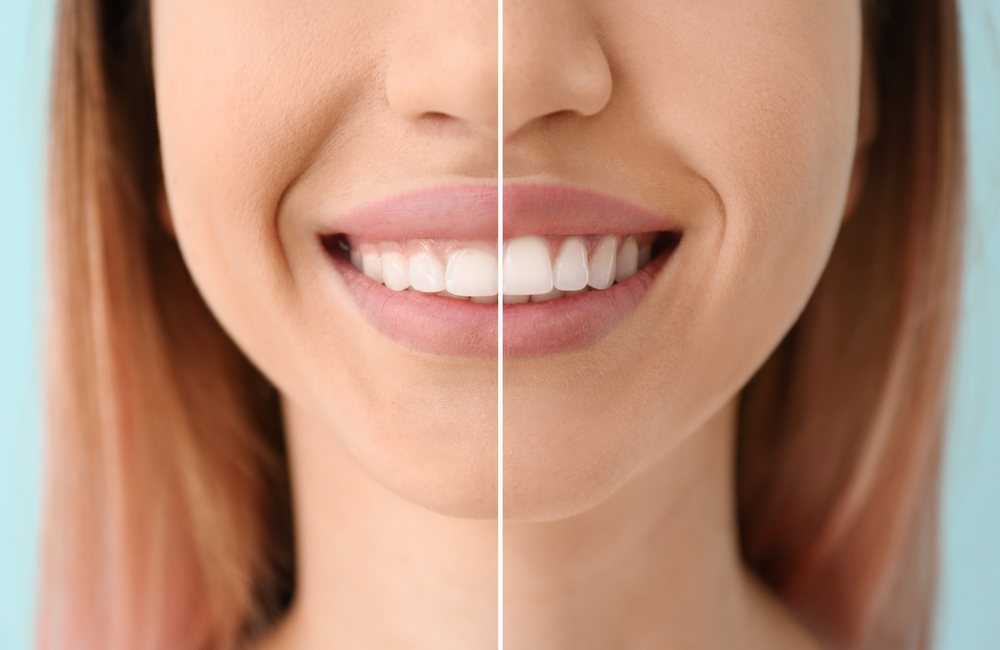Oral cancer is a condition that poses a significant health risk yet often goes undetected. It is estimated that as many as 53,000 people per year will be diagnosed with some type of oral cancer. In this blog, we will explore the different types of oral cancers to provide a comprehensive overview. By shedding light on this critical topic, we aim to raise awareness about the importance of early detection and the role that regular dental screenings play in combating oral cancer.
Understanding Oral Cancer
Oral cancer refers to cancers that develop in any part of the mouth or the oropharyngeal region. This includes cancers of the lips, tongue, cheeks, floor of the mouth, hard and soft palate, sinuses, and pharynx (throat). Oral cancer is a subtype of head and neck cancers and is characterized by the growth of abnormal cells that have the potential to invade or spread to other parts of the body.
There are five notable types of oral cancers. Each type has its own set of characteristics, risk factors, and treatment approaches. Understanding these differences is crucial for early detection, treatment, and improving patient outcomes.

Tongue Cancer
Tongue cancer typically arises in the squamous cells on the surface of the tongue. It’s divided into two categories based on location: the front two-thirds (oral tongue cancer) and the back third (oropharyngeal cancer). Symptoms may include a persistent sore on the tongue, pain, difficulty swallowing, and changes in speech. Smoking, alcohol use, and HPV infection are significant risk factors.
Lip Cancer
Lip cancer is the most common form of oral cancer and is also considered to be a type of skin cancer, according to Penn Medicine. Lip cancer most often affects the squamous cells of the lips, especially the lower lip, which is more frequently exposed to sunlight. Early signs include a sore on the lip that doesn’t heal, a lump, or a white or red patch on the lip. Risk factors include excessive sun exposure, smoking, and the use of tobacco products. Due to its visibility, lip cancer is often diagnosed early, which can lead to more effective treatment.
Gum Cancer
Gum cancer originates in the tissues that support and surround the teeth. Symptoms can include swollen gums that do not resolve, bleeding, a lump or thickening of the gums, and loosening of the teeth. It is important to note that symptoms of gum cancer can be similar to those of gum disease, so it is important to seek professional advice. Risk factors for gum cancer mirror those for other oral cancers, including tobacco use and poor oral hygiene, which can lead to chronic irritation and inflammation.
Throat Cancer
Throat cancer refers to malignant tumors that develop in the pharynx, larynx, or tonsils. Symptoms may include a sore throat that persists, difficulty swallowing, changes in voice such as hoarseness, and unexplained weight loss. Throat cancer is closely associated with tobacco use, alcohol consumption, and HPV infection. Early detection is crucial, as it can significantly affect the treatment’s success.
Jaw Cancer
Jaw cancer is a rare form of oral cancer that involves the bones of the jaw (maxilla or mandible). It can manifest as tumors within the molar area or through symptoms such as pain, swelling, a firm lump on the jawbone, and difficulty moving the jaw. It may result from the spread of oral cancers to the jawbone or originate from the bone itself. Risk factors include radiation exposure, tobacco use, and certain genetic conditions.
Types of Oral Cancer
Besides the location of the cancer, there are also different types of oral cancer that can develop.Understanding these different types of oral cancers is crucial for early detection, diagnosis, and treatment.
Squamous Cell Carcinoma
Squamous cell carcinoma is the most common type of oral cancer, accounting for about 90% of all cases. It originates in the squamous cells, which are the thin, flat cells lining the mouth and throat. This type of cancer can affect any part of the oral cavity but is most frequently found on the tongue, the floor of the mouth, and the lower part of the throat (oropharynx). Squamous cell carcinoma is closely associated with risk factors such as tobacco use, alcohol consumption, and HPV infection. Early detection and treatment are crucial, as this cancer can be highly aggressive and metastasize to other parts of the body.
Mucoepidermoid Carcinoma

Mucoepidermoid carcinoma is a type of cancer that arises from the salivary glands. It is the most common type of salivary gland malignancy and can occur in any of the salivary glands, but it most commonly affects the parotid gland, followed by the submandibular and minor salivary glands located throughout the oral cavity. Mucoepidermoid carcinoma is characterized by the presence of both mucus-secreting and epidermoid (squamous) cells. Its behavior can range from slow-growing and relatively benign to highly aggressive, depending on the tumor’s characteristics.
Lymphoma
Lymphoma in the oral cavity represents a malignant growth of lymphocytes, a type of white blood cell, within the lymphatic system. Although less common than other types of oral cancer, oral lymphomas can affect the tonsils, the base of the tongue, and other lymphoid tissue in the throat and oral cavity. Non-Hodgkin lymphoma is the most common type of lymphoma that affects the oral region. Factors such as immunodeficiency and certain viral infections can increase the risk of developing lymphoma.
Oral Melanoma
Oral melanoma is a rare but highly aggressive form of cancer that originates from the melanocytes, cells that produce pigment and are responsible for the color of the skin and mucous membranes. Oral melanoma can occur on any part of the oral mucosa but is most commonly found on the hard palate and the gums. Due to its aggressive nature, oral melanoma is often more challenging to treat and has a poorer prognosis than melanoma of the skin. Early detection is crucial for improving treatment outcomes.
Regular Dental Care and Oral Cancer
Regular dental care plays a crucial role in improving outcomes for individuals with oral cancer through early detection, timely intervention, and ongoing management. The benefits of integrating regular dental visits into one’s healthcare routine are multifaceted, directly impacting the prognosis and quality of life for those at risk of or diagnosed with oral cancer. Here’s how regular dental care contributes to better oral cancer outcomes:
Early Detection

Dentists are often the first healthcare professionals to notice signs of oral cancer during routine examinations. They are trained to recognize the early symptoms, such as unusual sores, lumps, or color changes in the mouth, which might not be immediately apparent to the patient. By identifying these signs early, dental professionals can facilitate earlier diagnosis and treatment, significantly improving survival rates. Early-stage oral cancers are generally more treatable and have a higher chance of successful management compared to those diagnosed at a later stage.
Timely Referral and Intervention
Upon detecting signs suggestive of oral cancer, dentists can promptly refer patients to specialists for further evaluation and diagnosis. This swift action ensures that patients receive the necessary interventions, such as biopsies, imaging studies, and consultations with oncologists, without undue delay. Early intervention often means that treatments can be less invasive and more effective, reducing the overall impact on the patient’s health and quality of life.
Education on Risk Factors
Dental care professionals play a key role in educating patients about the risk factors associated with oral cancer, including tobacco use, excessive alcohol consumption, HPV infection, and excessive sun exposure. By informing patients about these risks and providing guidance on how to reduce them, dentists contribute to the prevention of new cases of oral cancer.
Supportive Care and Rehabilitation
For patients undergoing treatment for oral cancer, regular dental care is essential for managing side effects, preserving oral health, and ensuring the effectiveness of dental prosthetics. Treatments like radiation therapy and chemotherapy can lead to complications such as dry mouth, increased risk of tooth decay, and changes in oral tissues. Dentists can offer solutions to manage these side effects, improving patients’ comfort and quality of life during and after cancer treatment. Additionally, for patients who require surgical interventions that affect the mouth, dentists and oral surgeons play a critical role in rehabilitation and reconstruction, aiming to restore both function and appearance.
Ongoing Monitoring and Management
After treatment for oral cancer, regular dental visits become even more critical. Dentists monitor for recurrence of cancer, secondary cancers, or new oral health issues that may arise as a consequence of treatment. Continuous monitoring allows for prompt action if the cancer returns or if new problems develop, ensuring that patients receive the care they need in a timely manner.
Conclusion
In conclusion, understanding the complexities of oral cancer, including its various types and how it impacts the body, is crucial for both patients and healthcare providers. Oral cancers, such as squamous cell carcinoma, mucoepidermoid carcinoma, lymphoma, and oral melanoma, each present unique challenges and require specific attention to ensure the best possible outcomes. Regular dental care emerges as a vital component in this battle, offering a frontline defense through early detection, education on risk factors, and management of treatment side effects. Dentists play an indispensable role in not only identifying oral cancer at its earliest, most treatable stages but also in guiding patients through prevention strategies and post-treatment care. The link between regular dental visits and improved oral cancer outcomes is undeniable, highlighting the importance of integrating dental health into our broader healthcare regimen. By fostering a deeper understanding of oral cancer and embracing consistent dental care, we can significantly enhance early detection rates, optimize treatment outcomes, and ultimately, save lives.







